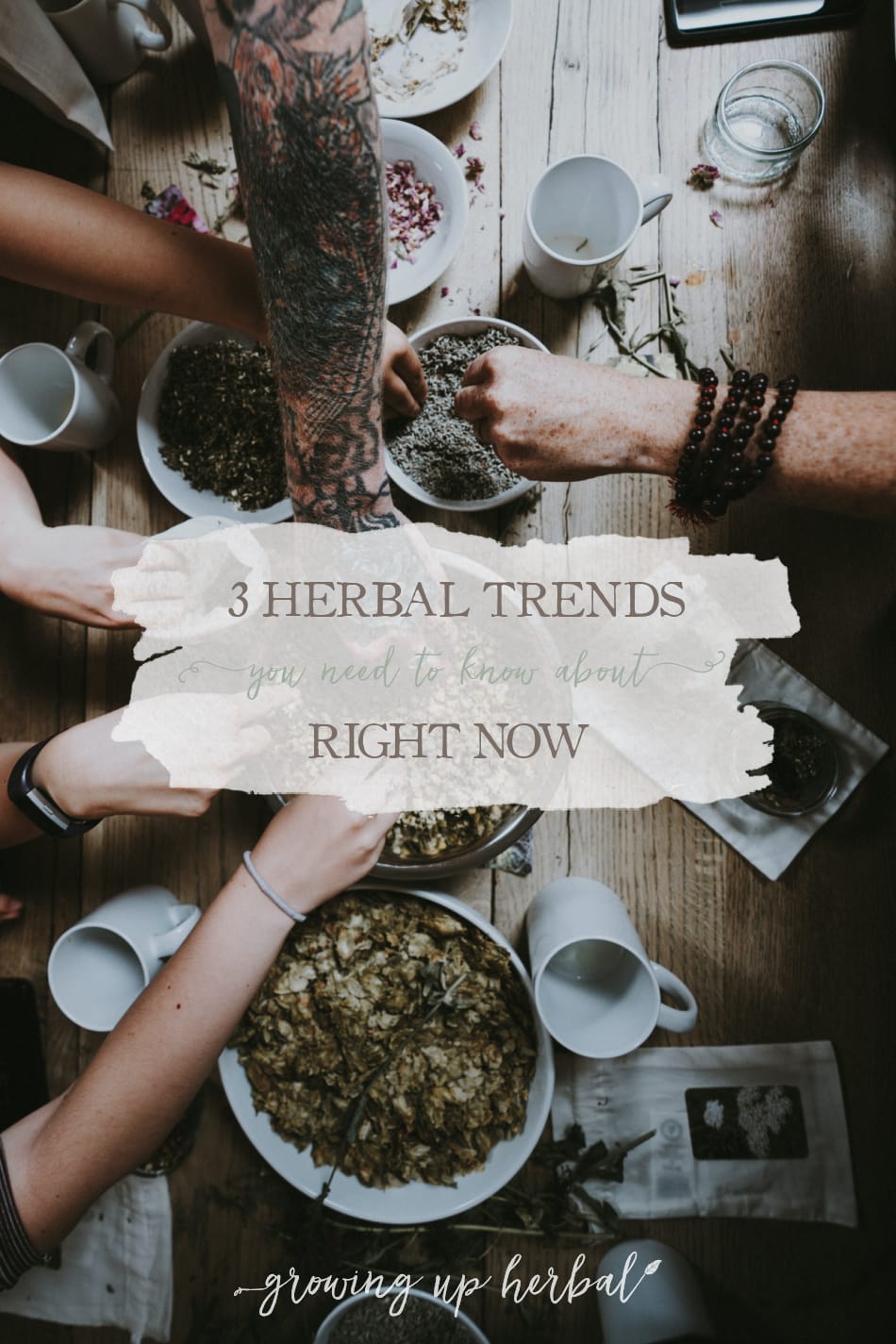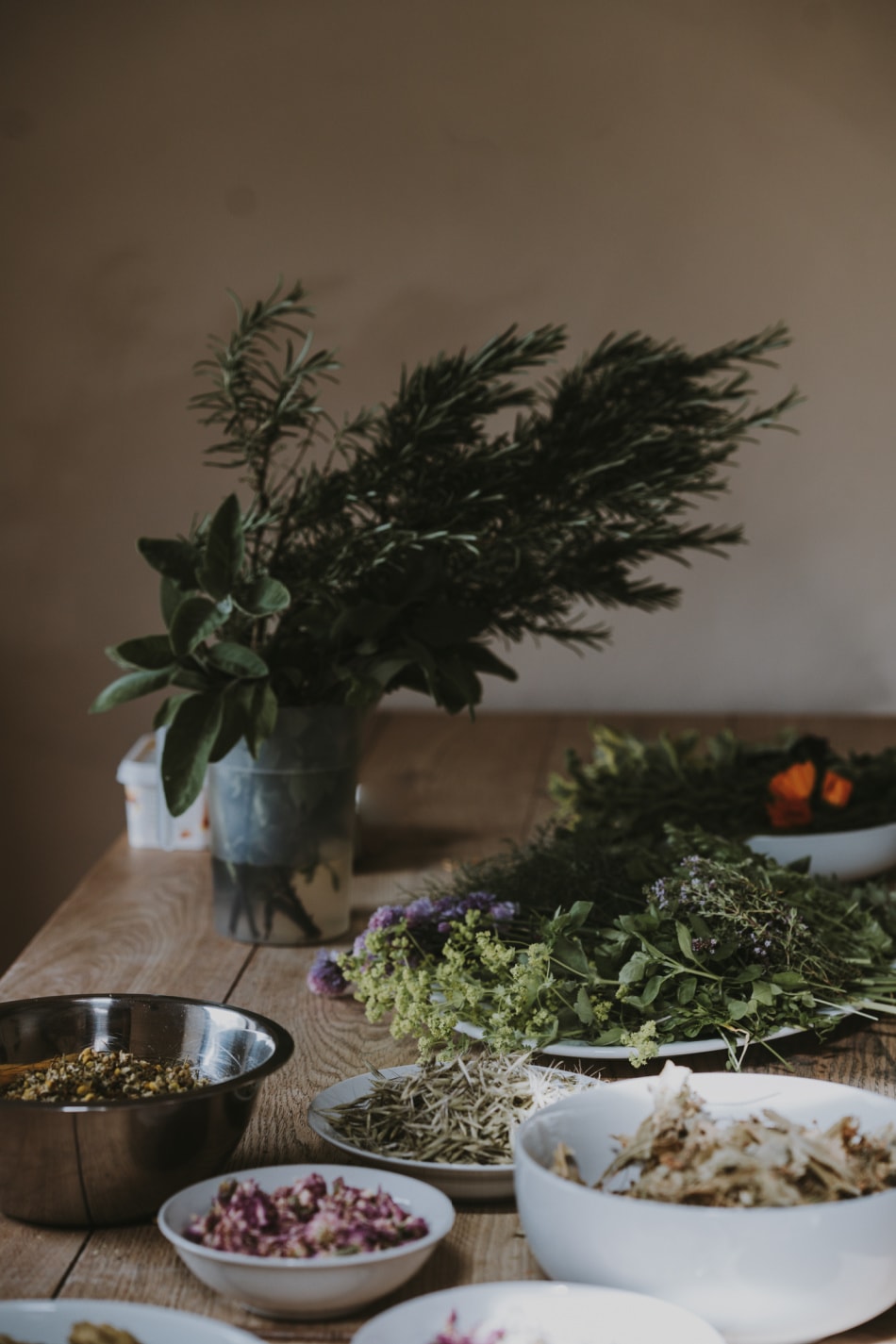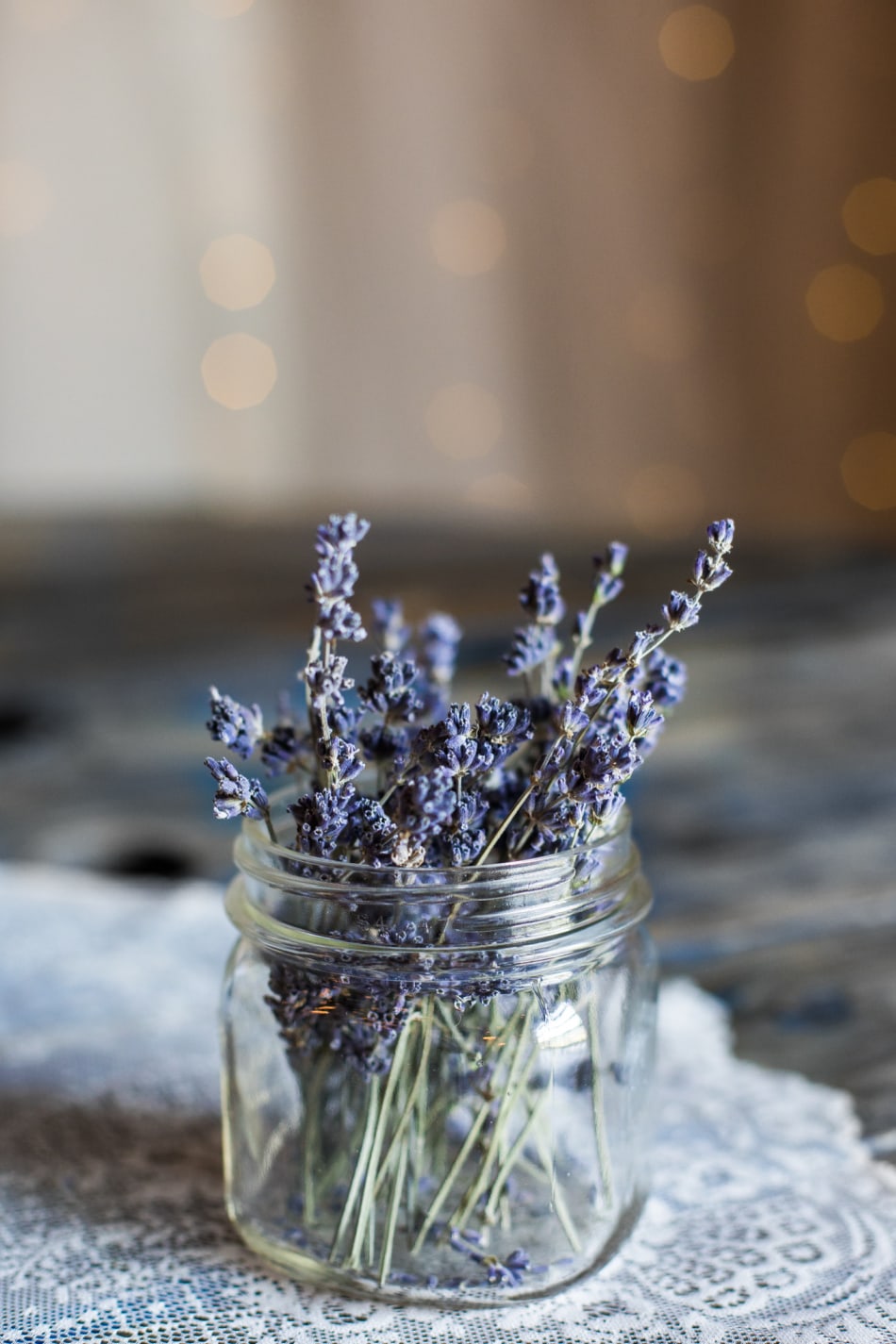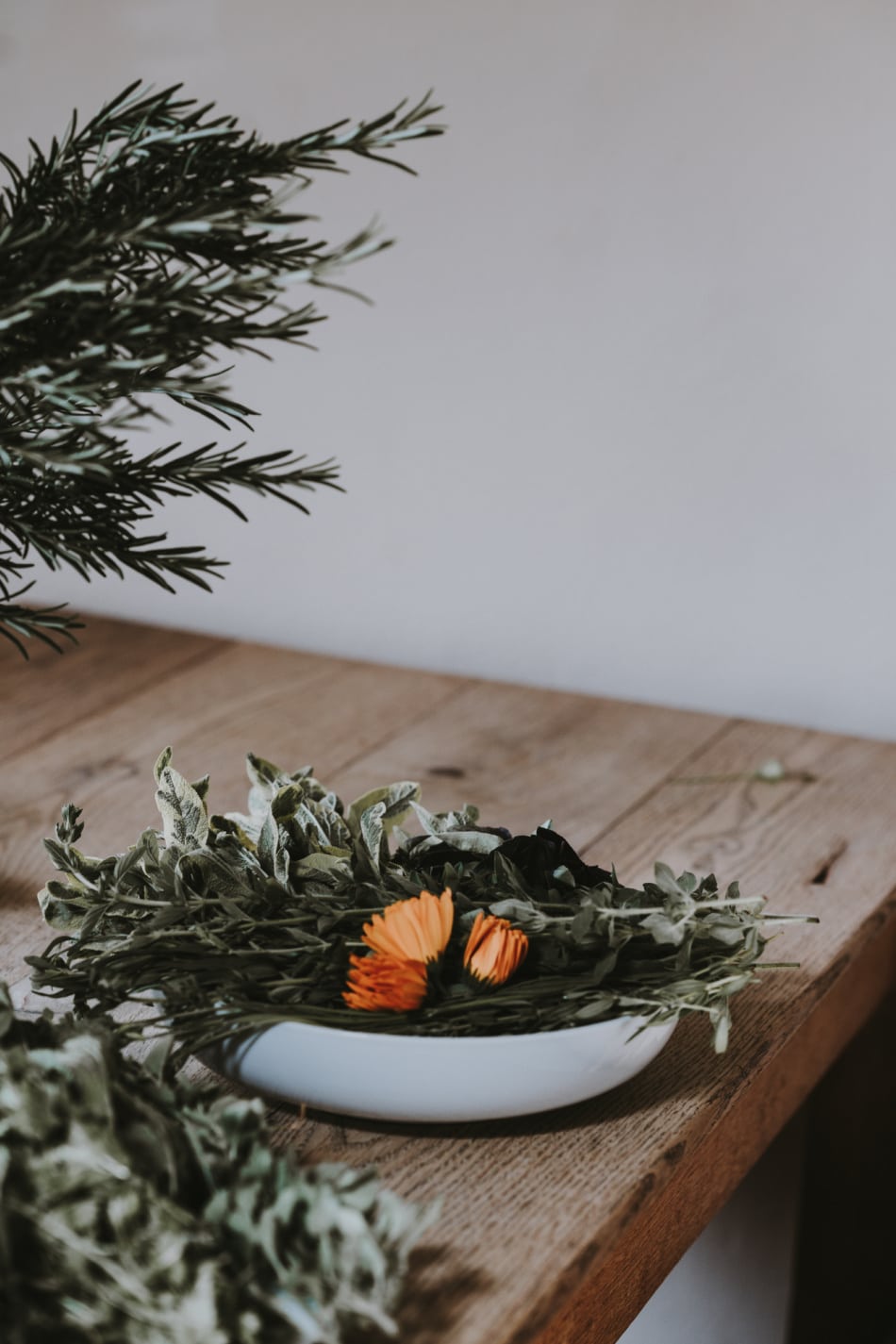
In every industry there are trends. Yes, even in herbalism, there are herbal trends from time to time.
A trend, however, doesn’t have to be boxed in as something that’s currently popular. A trend can also be defined as a direction in which an industry is moving.
It’s here in this second definition that I have recently noticed 3 hot herbal trends.
- The rise of artisanal apothecaries
- A shift toward plant minimalism
- The creation of ritualistic herbal practices
Let me explain each of these in more detail.

The Rise of Artisanal Apothecaries
The first of these herbal trends is the rise in what I refer to as artisanal apothecaries.
What I mean by that is that many new herbal entrepreneurs are coming out of the woodwork and setting up small-scale production in their homes. These artisans are creating unique products in small batches with creative formulas centered around skincare and wellness, many of them offering products that change seasonally.
This is a beautiful thing if you ask me.
One thing this herbal trend tells me is that more people are interested in herbalism as a career. No longer is the herbalist assumed to be a clinical herbalist working one-on-one with clients. Oh no! There are many other things you can do as an herbalist.
It also means that more people are being taught how to create an herbal business that centers around physical products as opposed to the boom of digital entrepreneurs we’ve seen over the last 10+ years. While there’s nothing wrong with digitally-based businesses (heck, that’s what my business is!), there’s something to be said about taking your knowledge and transferring that to a physical product that people want and need.

A Shift Toward Plant Minimalism
The next of the herbal trends I’m seeing is a shift toward plant minimalism.
Back in the day, a good herbalist was expected to have a lot of knowledge about a lot of different plants. They were to have an extensive apothecary filled with many different herbs so they could make preparations for those that needed their services, and their herbal materia medicas were vast and complex.
And while all of that is well and good, there seems to be this shift taking place where people want to connect on a deeper level with fewer plants. Instead of knowing how to use a lot of different plants, it seems as if they are narrowing their focus on a small number of herbal allies and learn to use them well and for many different things.
This too is a beautiful thing.
Not only does narrowing your focus to a handful of herbs help to cut down on the overwhelm that herbalism can be for the beginner, but I personally think that to be a good herbalist, you have to know your plants. To do that you have to spend time with them — studying and using them. You need both book knowledge and personal experience. There’s no way around it.
Sure, as you progress on your herbal journey, you’ll continue to study and learn about, and become familiar with more and more herbs. This will allow you to grow into that knowledgeable, experienced herbalist. But with the rising popularity of herbalism and the influx of new herbalists, I think narrowing one’s focus on spending time with one plant before moving on to another is a really smart plan. In fact, that’s what my Herb Folk studies and my course, The Art of Simpling are all about. These offerings help teach you to know your plants better and, in turn, help you to become a better herbalist.

The Creation of Ritualistic Herbal Practices
The last of the herbal trends I’ve noticed is this desire to create ritualistic herbal practices.
What I mean by that is that it seems people are stepping away from wanting to simply learn about herbs, and instead, they want to experience herbs. More than that though, they want their individual herbal practices or even the way they share herbalism with others to be more rich and meaningful.
For those of you confused by this terminology, a ritual is something we do with intention and meaning. Rituals are typically a set of actions performed in a specific order surrounding a particular time, event, or place, and they are very common in our world.
Most often, when we think of rituals, our minds may immediately go to religious rituals, but rituals aren’t limited to religion only. Oh, no. There are also cultural and familial rituals, as well as individual rituals that take place on a daily basis.
When it comes to herbal rituals, I’m seeing a desire for herbalists to create and share their rituals in various areas of their practices from foraging local herbs in a sustainable manner to making their herbal preparations, to tending to their home apothecaries, and even in how they create their materia medicas.
As with the above herbal trends, this, too, is a beautiful thing.
Rituals bring meaning and significance to what you’re doing. When it comes to one’s herbal practice, having various rituals can help you connect with herbs and the art of herbalism in a more heart-centered way. Now wouldn’t you say we all could use a bit more of that in our lives? I sure think so.

In Closing
As I said, these are some of the predominant herbal trends I’m seeing at the moment. And while many trends come and go, I’m hoping that these particular herbal trends stick around because I think they’re good for us in this digital age.
I say that because it’s just so easy for us herbal entrepreneurs to get caught up in the hustle and bustle of running a business or even fall into the comparison trap that is common in our online world. I think slow herbal trends like those mentioned above help us to stay a bit more grounded and centered in our herbal practices. Wouldn’t you agree?
So what about you?